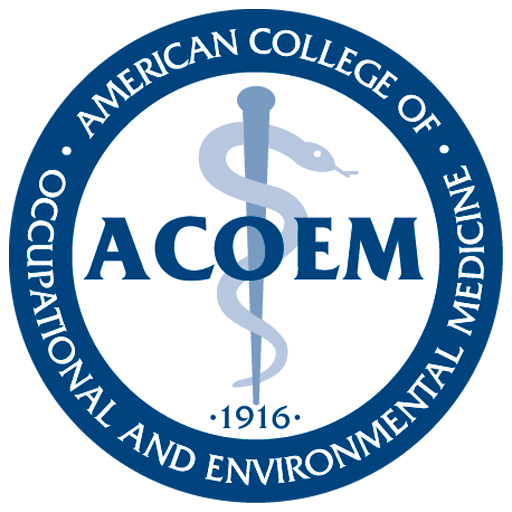
06: U.S. Work Laws and Regulations
State and local government workers are not covered by OSHA; however, many states have similar requirements, and some even have more stringent ones. OSHA has approved 28 state plans (26 states, Puerto Rico, and the Virgin Islands). Twenty-two State Plans cover private as well as state and local government workplaces. Six remaining plans cover state and local government only. Generally, State Plans reflect an adoption of federal OSHA regulations. However, states including California, Michigan, Oregon, and Washington have adopted more stringent standards and cover hazards not addressed by federal OSHA.
California, for example, has an OSHA-approved State Plan administered by the California Division of Occupational Safety and Health, more commonly referred to as Cal/OSHA. For approval, California had to adopt a safety and health program at least as effective as the federal OSHA program. California updates its regulations much more frequently and has more stringent requirements. In some parts of the country, local governments, such as counties, parishes, and municipalities, have also established workplace safety and health standards. Thus, it is important for health care providers to consider where employees work and understand local and state regulations.
Disclaimer: This preceding information is meant to provide a brief overview of common laws and regulations affecting worker safety and health requirements in the United States. This list is not comprehensive. Other laws and regulations govern safety and health in the workplace.
